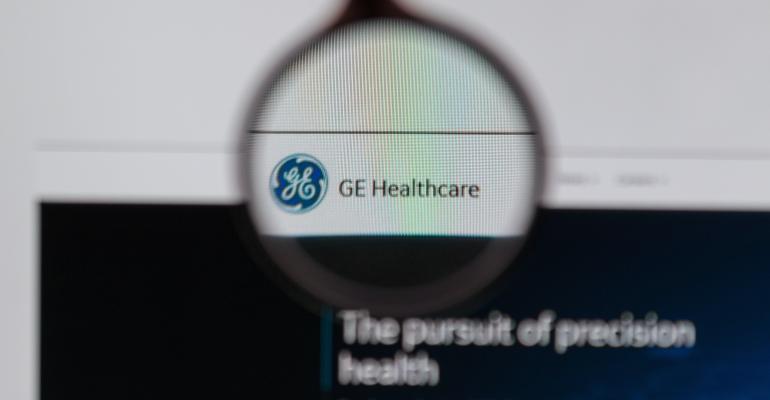At a Total Radiology session during Arab Health 2021 on “Digital Prognosis: COVID-19, data and the future of the industry”, GE Healthcare’s Catherine Estrampes, President and CEO EMEA, and Prof Dr Mathias Goyen, Chief Medical Officer EMEA, combined to consider new radiology opportunities in the pandemic.
Recognising that 2020 was “extremely challenging”, Estrampes nonetheless highlighted four key trends emerging in the pandemic, with digital at the centre of each:
- A growing acceptance of virtual or remote interactions (such as the Arab Health conference itself);
- Greater acceptance of AI tools and AI-powered solutions. An example during COVID-19 was its critical care suite, deployed around the world to help with identification and quick triage of COVID patients;
- Rapid innovation in order to ensure that in infectious situations infected patients are separated from non-infected quickly. GE Healthcare’s CT in Box was deployed quickly around the world for this purpose, keeping healthcare staff safe; and
- Rethinking of delivery care models. Hospitals are focused on taking care of the sickest, while there is a more integrated delivery care model deployed with the acceleration of home monitoring and outpatient centres.
Looking ahead, at a post-Covid future she saw three challenges.
First, precision health - how can data be turned into insights with the help of AI tools for more personalised, individualised and targeted care? GE Healthcare aims to be a “primary partner” to providers and governments around precision diagnostics and monitoring
Second, there is a need for a more contemporary digital structure or architecture based on outcomes. GE Healthcare’s virtual ICU solution was deployed around the world, including the Middle East, allowing clinicians to remotely and simultaneously monitor highly critical patients in the ICU. 220 ‘Command Centers’ were additionally deployed worldwide, to better manage the operations of a hospital using AI and digital technologies.
The third challenge is how to foster collaboration around aggregated data, between hospitals and departments. Estrampes shared the example of accelerated collaboration during the pandemic between GE Healthcare and the University of Oxford around predictive applications.
"AI helps the radiologist structure enormous amounts of data," acknowledged Prof Dr Mathias Goyen, adding that the University of Oxford collaboration will help predict the course of disease in a patient.
As for the role of the radiologist, he said, this will change, helped by AI - an "invisible friend" in the background. AI will empower the radiologist to talk to the patient, through freeing up their time and relieving them of routine tasks.


